In the 10th year of Thanh Thai (1898), the new provincial capital of Binh Thuan was moved to Phu Tai village on the outskirts of Phan Thiet (popularly called the Old Province). At the same time, the French governing apparatus in Binh Thuan , headed by a resident, and the working office - abbreviated as "the embassy" (popularly called the New Province) occupied the most beautiful central location: Long Khe village. In 1901, the French built colonial route No. 1, or national highway 1A, going straight from Long Khe village to Quan Phan Thiet bridge. On the left side, on a high hill, in 1896, the "embassy" was built, next to it was the GI- Garde civile Indigène - Green-clad soldiers' post (the location is now the headquarters of the Provincial People's Committee and the Provincial Military Command), followed by the Central Post Office (the Steel Wire House). On the right side of the road is the train station, the Treasury and also on a beautiful high hill next to the river is a large hotel - Grande Hotel - with dozens of rooms, a branch of the "Great Hotel Association of Indochina", serving as a private accommodation for Europeans (now the Provincial Party Committee office area). Along with many French agencies and offices built in Long Khe village, it is sad that the French constructions have destroyed the ancient constructions of Long Khe village, especially the constructions created by poet Nguyen Thong and the communal houses and pagodas (according to the ancients, there was even an ancient pagoda, later a new pagoda was built in the area, Buu Quang Pagoda). In 1933, when Phan Thiet established 6 wards, Long Khe village officially disappeared, half of it belonged to Phu Trinh ward and half to Binh Hung ward. However, Long Khe has left many indelible marks. There is an interesting story, after Long Khe village was lost, the remaining afternoon market of the village now belongs to the new Phu Trinh ward, the people named it Phuong market; and the Hung Long village market was also merged into the ward, but the basis is still the village name and the village communal house, so the Lang market has been kept intact from then until now and (I think) until tomorrow.
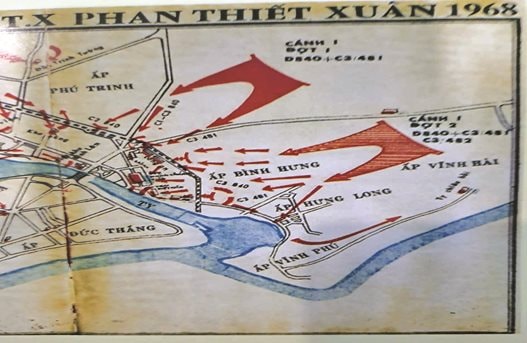
Following Long Khe village is Dang Binh village (Dang Binh household and Quang Binh hamlet). Also from the 18th century, fishermen from Quang Binh migrated to Phan Thiet to establish a business and form Dang Binh household, later there was also Quang Binh hamlet , in "Dong Khanh dia du chi" (1886-1888) it was recorded as Dang Binh hamlet. Like traditional villages and communes in our country, establishing villages along with building communal houses, pagodas and temples, Quang Binh people built a village pagoda to worship Buddha and burn incense to the ancestors who had contributed to the establishment of the village. The pagoda is also called Dang Binh pagoda, located under a cool coconut garden overlooking the river (the location today is the headquarters of the Provincial Labor Federation).
On August 25, 1945, under the leadership of the Viet Minh Front, the August Revolution succeeded in Phan Thiet town, Binh Thuan province. Until January 31, 1946 (the 30th day of Tet), the French army followed Da Lat to Phan Rang to reoccupy Phan Thiet. Following the only old road down to Binh Hung - Hung Long (opened in 1900, going down to the sea and named Rue de la plage), the French immediately stationed the 6th Armored Battalion at the Commercial Department and a company of North African soldiers stationed right at the communal house - Ong Co palace of Hung Long village. A crime they committed not only on the residents of Binh Hung but also the entire Phan Thiet - Ham Thuan area was that they occupied the Dang Binh pagoda and turned it into a prison to detain and torture our compatriots and soldiers. From then on, the name of Dang Binh Pagoda was erased and changed to “Lao Xa Pagode Binh Hung”. People had to move the tablets of the ancestors and descendants to worship in a small temple in the New Hamlet (entered by gas station No. 6, Ward 3, Binh Hung). On our side, Dam Binh Hung - Hung Long Hamlet became a concave base, the operating area of the Suicide Squad force that penetrated deep into the inner city to eliminate evil. Many young people from Binh Hung - Hung Long went to join the resistance war and a strong movement to support the resistance war and nurture cadres and soldiers arose in the locality.
And Cat Pagoda became an important base of "Buddhism for National Salvation", a place where the Phan Thiet Suicide Squad and Civil Party cadres returned to stay. In 1987, while Buddhists were cleaning the altar to worship Amitabha Buddha, they suddenly discovered that 100 books titled "Want to be a good cadre" were hidden inside the Buddha statue, a 9 x 14 lithographed book with 58 pages, including the cover, including 5 parts: Investigation - Propaganda - Organization - Training - Struggle. According to elderly witnesses, at that time, the participants in making this book were Venerable Thich An Tam of Long Doan Pagoda in Ta Cu Mountain and Phan Thiet City Suicide Squad commando Duong Hu. The book was first printed in the attic behind Binh Quang Ni Tu Pagoda (Binh Hung Ward) on April 30, 1947. Then reprinted at 2 locations: one near the Ca Ty river bank, one on Ba Hon mountain, finished product 500 copies, the bottom of the cover says: printed at a private Buddhist printing house. Through the Buddhist Association for National Salvation, the book was distributed to Ninh Thuan and to Long Khanh, Bien Hoa.
During the resistance war against the US, the Republic of Vietnam government further consolidated the “Pagode Binh Hung Prison”, located in the complex of essential agencies: Provincial Administration Building, Sub-region, Police Department, Military Camp and Prison… During the general offensive and uprising in the Spring of Mau Than 1968, entering the second phase, Battalion 840 of Military Region 6 was reinforced by c3/481 Phan Thiet City Team and c3/482 Binh Thuan Provincial Team, in which c3/d840 and c3/481 captured the Prison, liberating more than 700 of our compatriots and soldiers detained by the enemy here. Notably, participating in the battle were two sons of Khoai hamlet, Hung Long ward, comrades Nguyen Viet Huu and Nguyen Huu Nghi. Comrade Nguyen Viet Huu, an officer of the Binh Hung - Hung Long Armed Task Force, led the troops to attack Pagode Prison; Comrade Nguyen Huu Nghi of c3/481 was the Deputy Head, with comrade Nguyen Van Dinh, deputy head of c3/d840, as the Head. The battle had great political significance among the masses, positively impacting the local revolutionary movement (later the road connecting Ton Duc Thang to the Victory Monument was named Mau Than Street). In the Binh Hung - Hung Long area, the enemy dropped bombs dozens of times and fired hundreds of artillery shells from the offshore fleet, especially in the Khoai hamlet and Cat pagoda areas. At Cat pagoda alone, the pagoda garden was hit by 8 bombs, one of which remained unexploded, lying 2 meters deep in the sand. It was not until November 13, 2002, when digging the foundation for the pagoda, that it was discovered and the Engineers moved the bomb away.
After the liberation in 1975 - the reunification of the country, the biggest and most fundamental change of the Binh Hung - Hung Long sand dune area was a boulevard named Nguyen Tat Thanh boulevard connecting from Tran Hung Dao street (the road was built in 1972 from Tam Bien intersection going straight through Tran Hung Dao bridge) in front of the Victory Monument straight down to Khoai hamlet, Dam hamlet to the sea, the beginning of a new urban area to the Northeast for Phan Thiet city today. Phan Thiet youth with socialist labor Sundays covered the sand dune with thousands of poplar trees to create a new place name: Doi Duong beach. From Thuong Chanh to Doi Duong, the old dirt road was widened and asphalted and named Le Loi Street, the houses of parishioners and Vinh Phu Parish Church were renovated and newly built, hotels and restaurants sprung up, a cultural park was built, all creating a Thuong Chanh - Doi Duong tourist area, attracting a large number of Phan Thiet people and tourists to come for a walk and swim.
Another new road down to Thuong Chanh beach, breaking the previous "unique" situation, is the road along the Ca Ty river from Tran Hung Dao bridge down to Thuong Chanh. Tran Hung Dao bridge is a new bridge inaugurated in 1972. In the past, Phan Thiet town had only one bridge across the river, called Quan bridge (now Le Hong Phong bridge). From Hung Long to Con Cha market, Cho Lon market, you had to take a boat at a point called Hung Long ferry (like Van Thanh ferry above). Looking back, since ancient times, both sides of the riverbank were covered with layers of stilt houses. To build this new road, the stilt house hamlet along the riverbank had to be cleared, people had to relocate to Van Thanh area, the river was wider and more open, and people escaped the scene of shabby houses and cramped living conditions; Boats and boats come to anchor in an orderly manner, especially not obstructing the flow during the rainy season... The new road is named after the late Prime Minister Pham Van Dong, but people who are used to calling it "Bo Ke" road because along the riverbank, an embankment with sturdy pillars has been built for boats and boats to tie ropes to anchor. A row of houses protruding from the "front" has become a popular but delicious seafood specialty culinary area, with the brand name "Bo Ke Food Zone", known to both Phan Thiet people and tourists. From the embankment of the boat dock, a new avenue has been opened named after the late President Ton Duc Thang, the avenue goes straight to Lang market, through Khoai hamlet, formerly Nguyen Tat Thanh residential area, intersects the road to Phu Hai (Thu Khoa Huan) then straight to Cay Cam hamlet, Cay Tram slope, through a new urban area which was formerly Trinh Tuong salt field, to National Highway 1 near Ben Loi bridge. Now, the Commercial Area established during the French colonial period to control boats entering and leaving the seaport and collect taxes has become a port for transporting goods and passengers to Phu Quy Island, with a high-speed train crossing the waves to the homeland island in just 2 hours. And in recent years, the Victory Monument has been renovated and expanded into a large roundabout, from here opening a new avenue to the West named Le Duan Avenue to National Highway 1A (Truong Chinh Street) up to Phan Thiet station which has been relocated from Phu Trinh to Dai Nam.
For me, every morning I go to Thuong Chanh - Doi Duong to welcome the sunrise on the sea, looking to the Northeast to see Phu Hai hills stretching out to the sea with the tall Cham tower, looking to the Southeast to see the three Ba Hon peaks rising up with the distant hills to Ke Ga cape, then looking up at the bell tower of Vinh Phu church rising high in the new sunlight with the high floors of TTC hotel and the high roofs of the villas, castles... with all the ancient and modern shapes of Asia, Europe in the new Phan Thiet coastal tourist area, my heart always feels a sense of love for this land through the ups and downs of history.
Part 1: From the old village story…
Source: https://baobinhthuan.com.vn/binh-hung-hung-long-qua-trang-lich-su-ky-2-126121.html



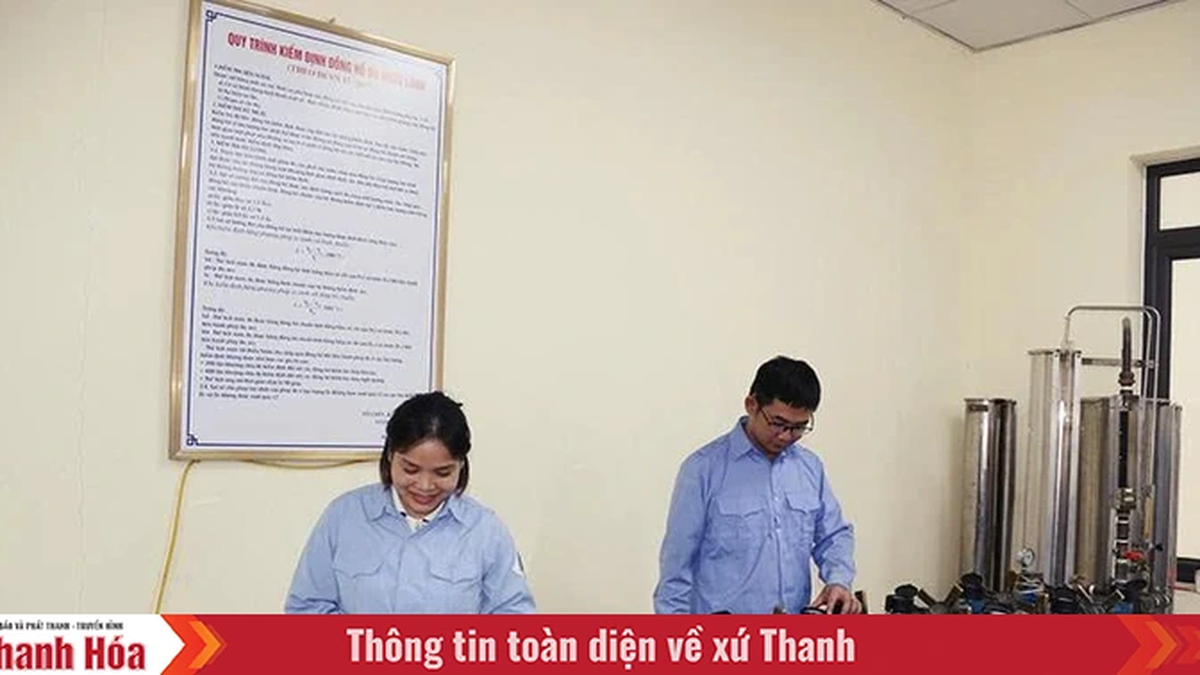
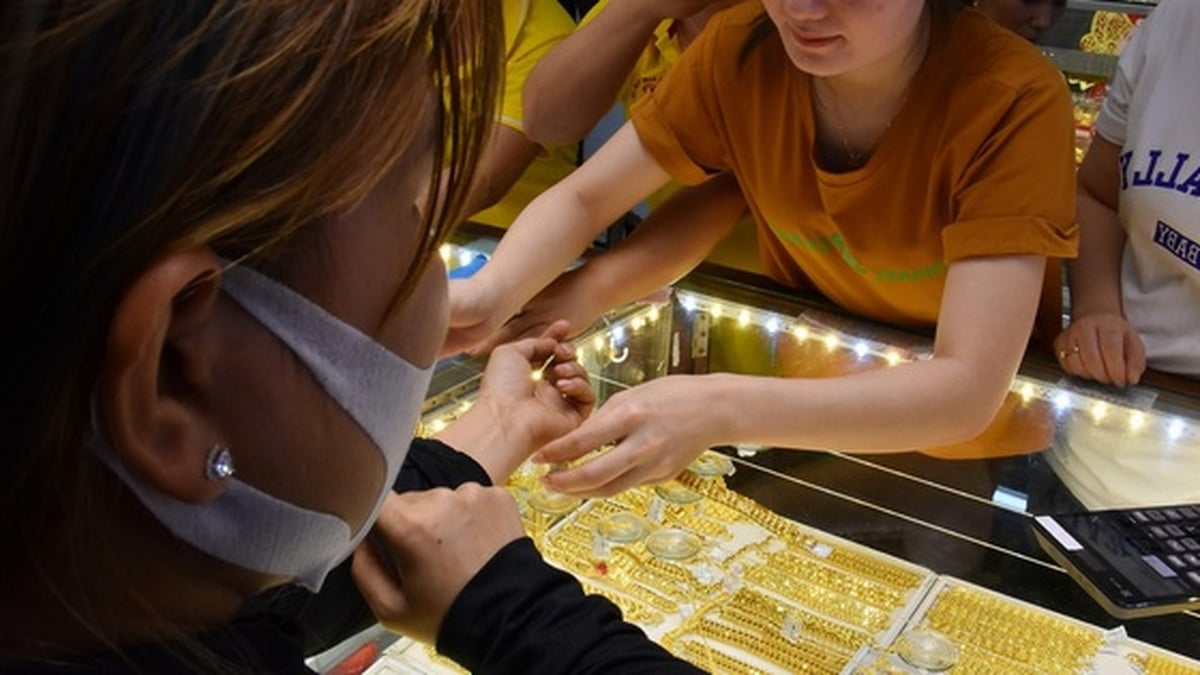
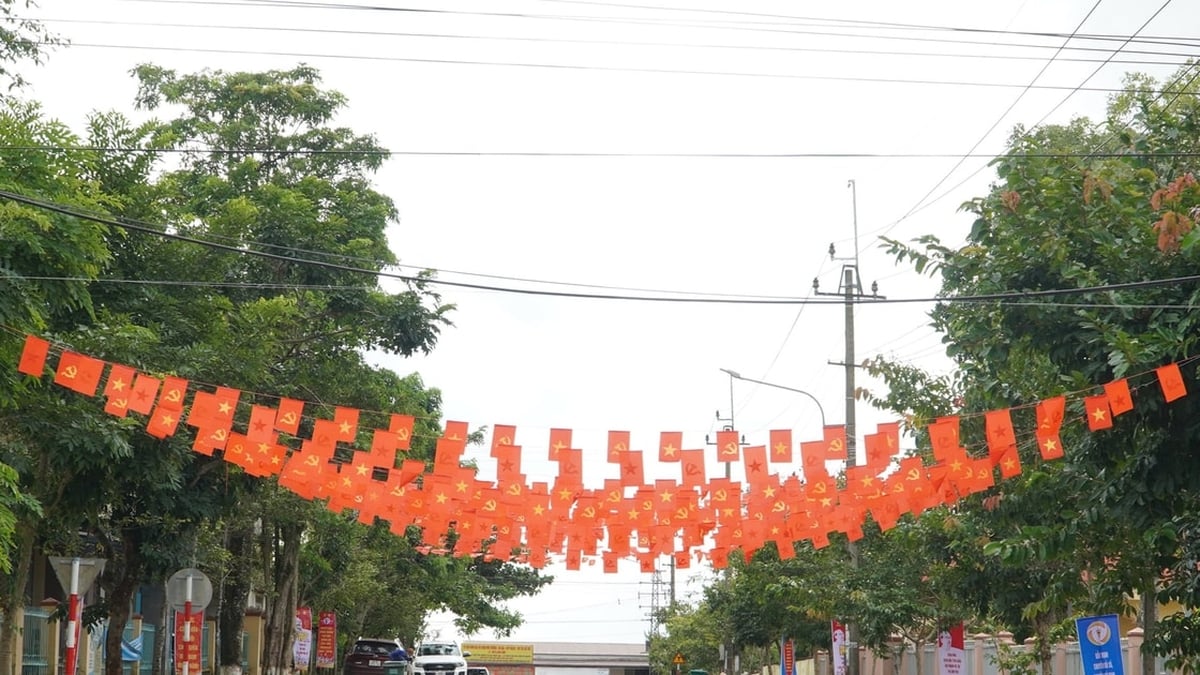
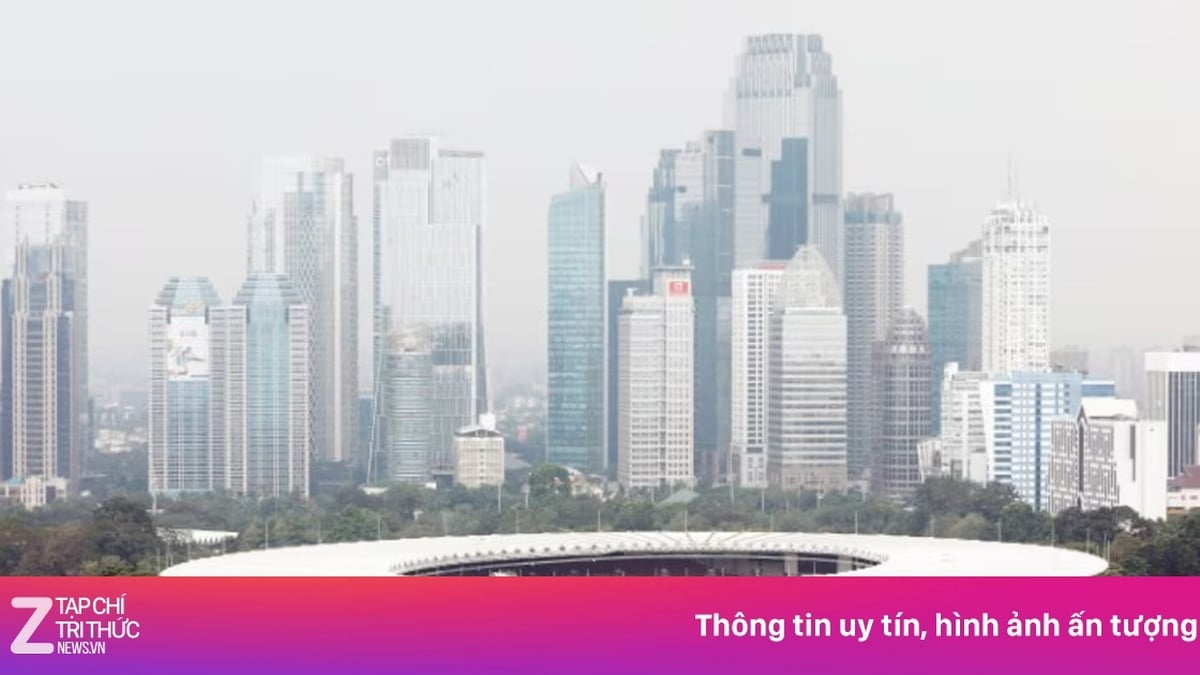
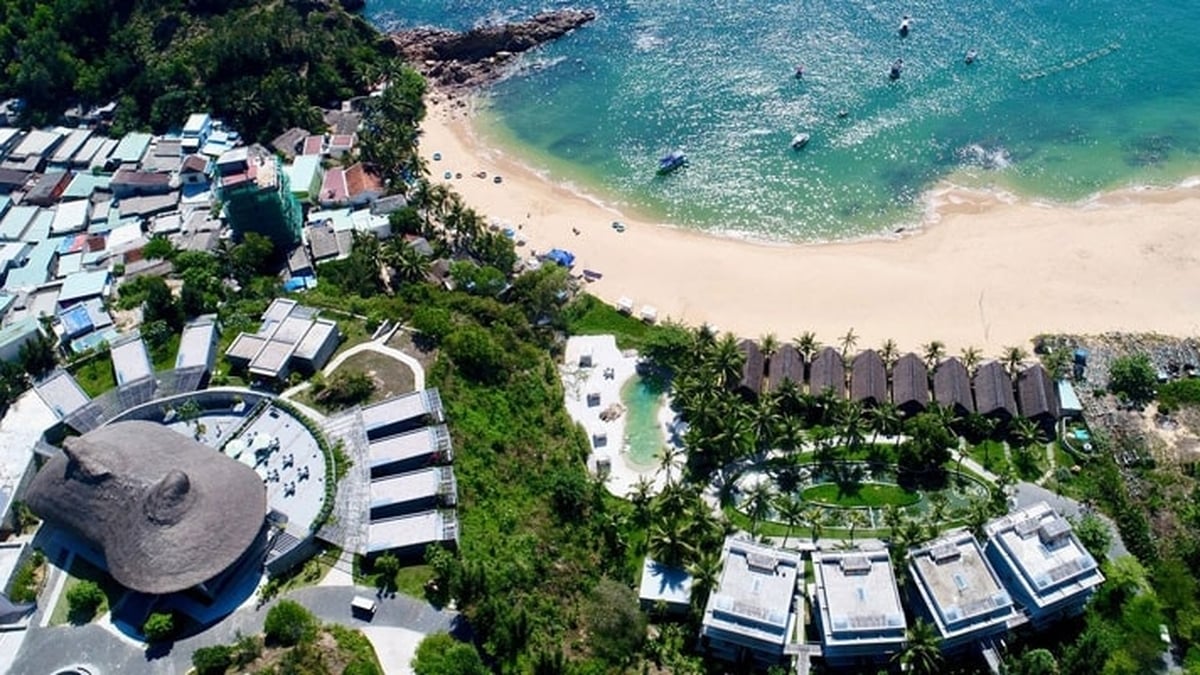
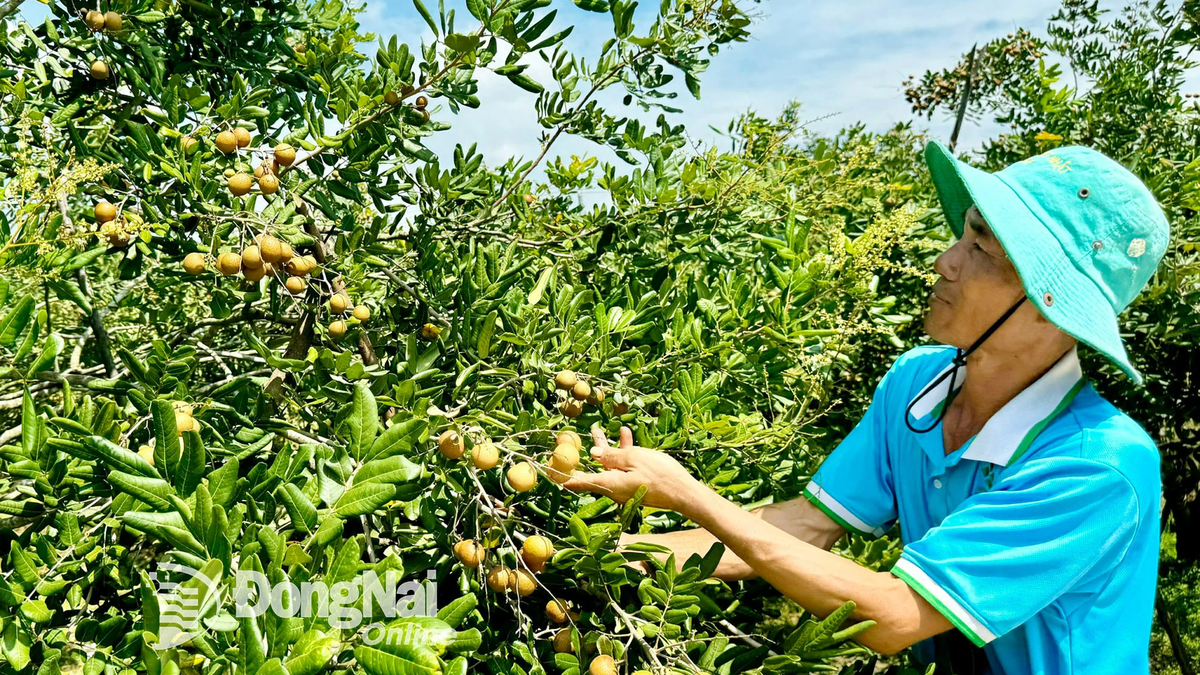


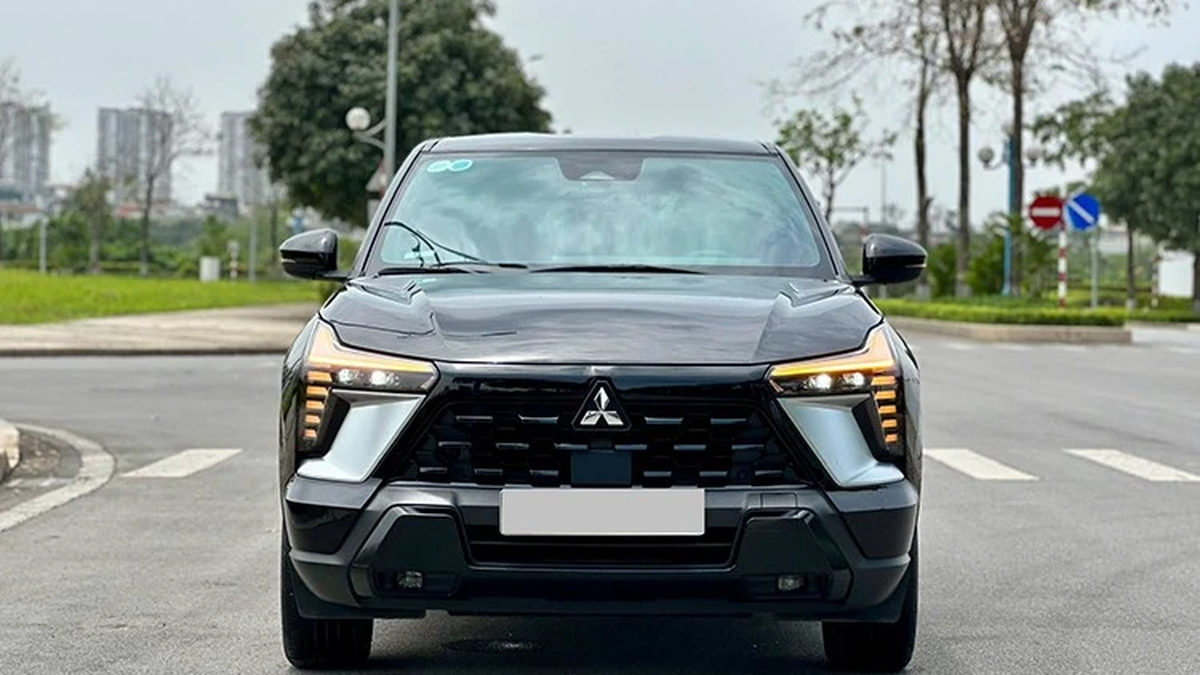













![[Photo] National Assembly Chairman attends the seminar "Building and operating an international financial center and recommendations for Vietnam"](https://vphoto.vietnam.vn/thumb/1200x675/vietnam/resource/IMAGE/2025/7/28/76393436936e457db31ec84433289f72)







































































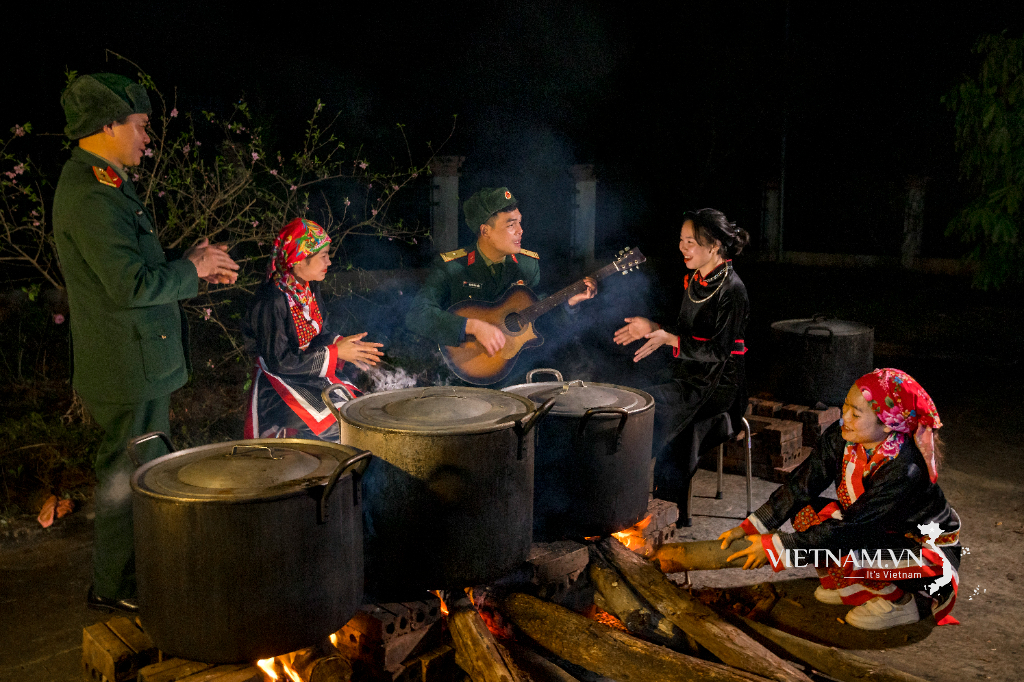

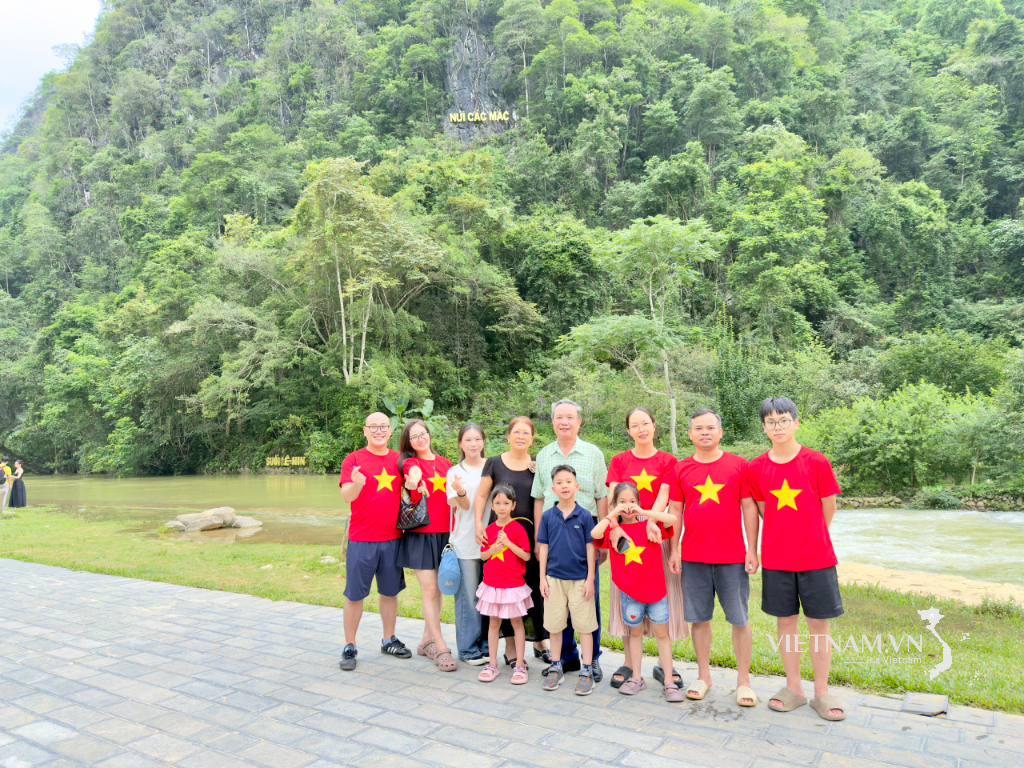
Comment (0)